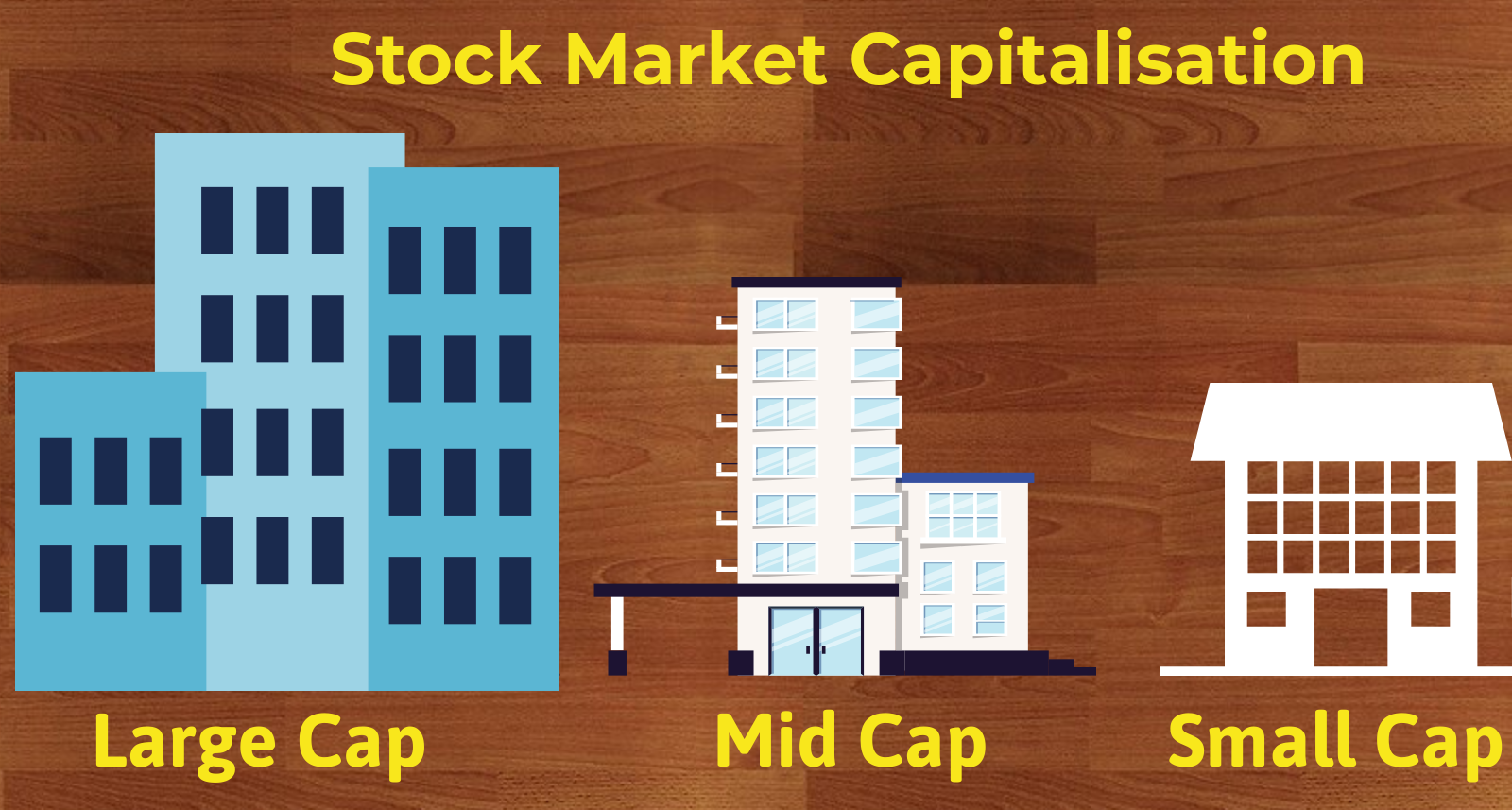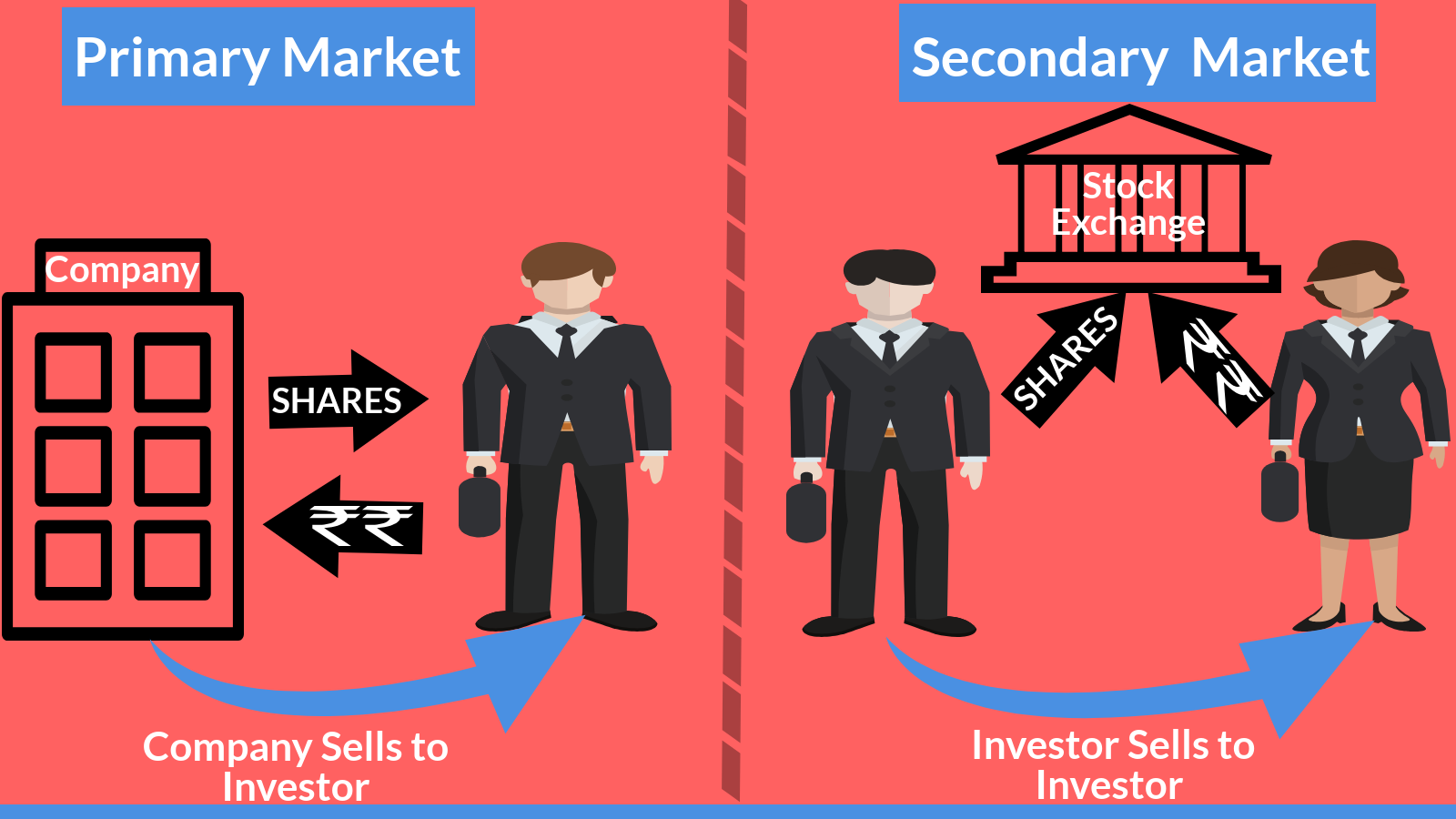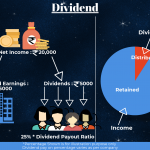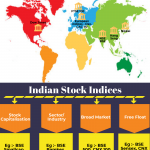Stock Market Capitalization
Market Capitalization generally represents the collective value of the company. It can be obtained by multiplying their outstanding number of shares by the existing price per share.
Let’s take an example, if a company has 20,000,000 outstanding shares and with the share price of 20 Rs. per share then Market Capitalization of the company is Rs. 400,000,000 (20,000,000 x 20 Rs.). So, Market Capitalization is a price in which you will buy the Company’s outstanding shares.
For people who follow principles of value investing, then per-share price virtually is meaningless. The reason, why they don’t look at per-share cost, is because it changes with the observation of the people as well as reflects on what the market can pay for the share in a given time. Nonetheless, this perception keeps on changing the Market Capitalization of a Company.
Generally, stocks are classified as per the Market Capitalization. Various investment professionals and fund houses adopt diverse definitions to classify the stocks on the basis of market capitalization like Small Caps, Midcaps, and Large Caps. Some Analysts make use of different approaches as well as add Micro & Mega Caps in the classification. In such approaches, the market capitalization works as a pointer of the company’s size.
For the investors, it’s very important to have knowledge about how different the classes behave. The different market caps (small, mid and large) carry different risk levels and potential returns.
Let us see the standard approach for classifying the companies:
Mega Cap –
The companies with the market cap exceeding 20,000 Cr. The mega-caps are generally blue chip stocks having strong brand recognition; best track records and record of wealth creation, like SBI, Coal India, and many more.
Large Cap –
The companies with a market cap of 7,000 Cr to 20,000 Cr. The large and established companies with well-known products generally fall in this category, like Ashok Leyland. The mega stocks and the large-cap stocks both are considered as secure and stable investment options.
Mid Cap –
The companies with a market cap of 500 Cr. to 7,000 Cr. The companies in this bracket are in the developing stage and the share price is volatile compared to the large & mega-cap companies. The mid-caps represent a significant part of the growth stocks. Some companies may not be the industry leaders; however, they might be on the way of becoming one.
Small Cap
The companies with the market cap up to Rs. 500 Cr. Even though the track records will not be very lengthy as the mid and mega caps, the small caps present this possibility of higher capital appreciation –however at a cost of the higher risk.









